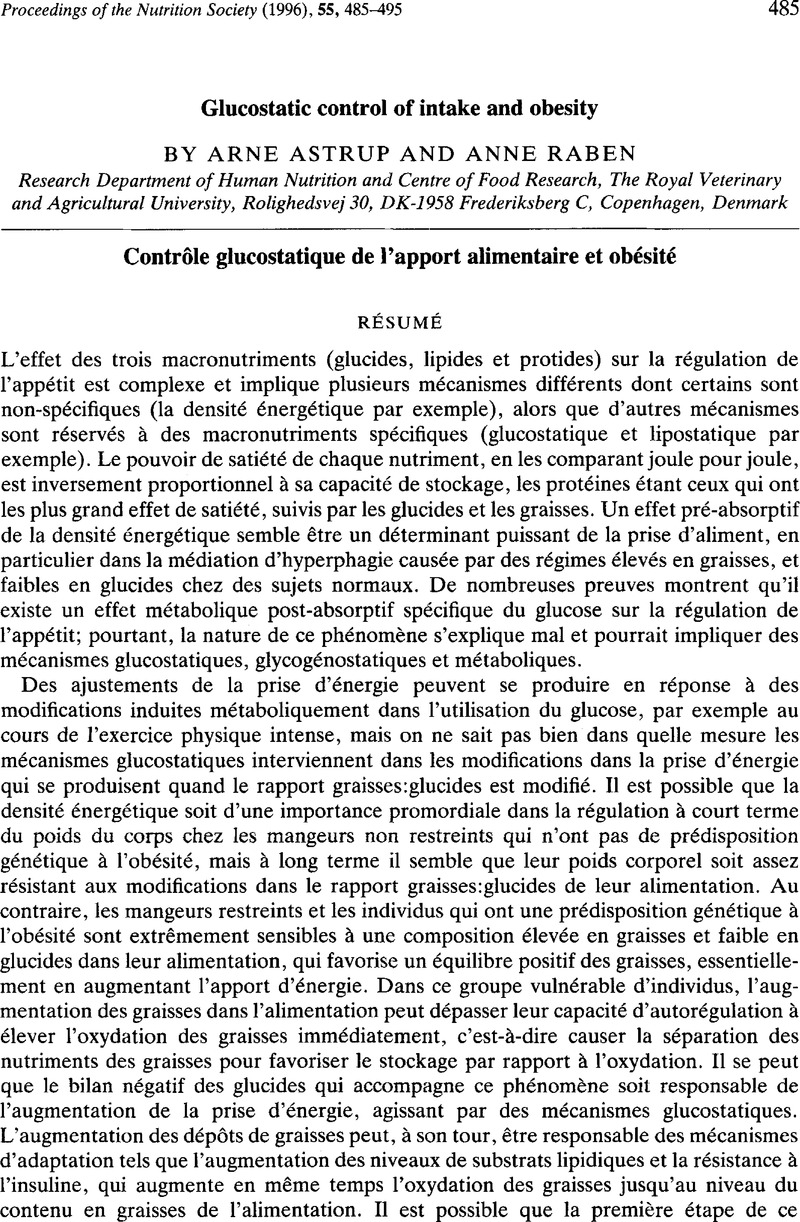Crossref Citations
This article has been cited by the following publications. This list is generated based on data provided by Crossref.
Astrup, Arne
Buemann, Benjamin
Toubro, SøRen
and
Raben, Anne
1996.
Defects in substrate oxidation involved in the predisposition to obesity.
Proceedings of the Nutrition Society,
Vol. 55,
Issue. 3,
p.
817.
ASTRUP, ARNE
TOUBRO, SøREN
RABEN, ANNE
and
SKOV, ANNEBETH R.
1997.
The Role of Low-Fat Diets and Fat Substitutes in Body Weight Management.
Journal of the American Dietetic Association,
Vol. 97,
Issue. 7,
p.
S82.
ASTRUP, ARNE
RABEN, ANNE
BUEMANN, BENJAMIN
and
TOUBRO, SØREN
1997.
Fat Metabolism in the Predisposition to Obesitya.
Annals of the New York Academy of Sciences,
Vol. 827,
Issue. 1,
p.
417.
Lawton, Clare L.
and
Blundell, John E.
1998.
The role of reduced fat diets and fat substitutes in the regulation of energy and fat intake and body weight.
Current Opinion in Lipidology,
Vol. 9,
Issue. 1,
p.
41.
Martinez, J. Alfredo
2000.
Body-weight regulation: causes of obesity.
Proceedings of the Nutrition Society,
Vol. 59,
Issue. 3,
p.
337.
Richards, Marie K.
Paeratakul, Sahasporn
Bray, George A.
and
Popkin, Barry M.
2001.
Nutritional Health.
p.
135.
Hambræus, Leif
Branth, Stefan
and
Raben, Anne
2003.
Textbook of Sports Medicine.
p.
250.



